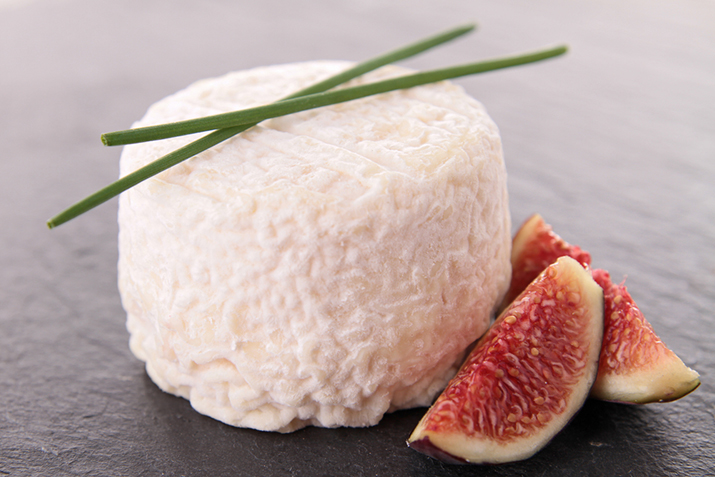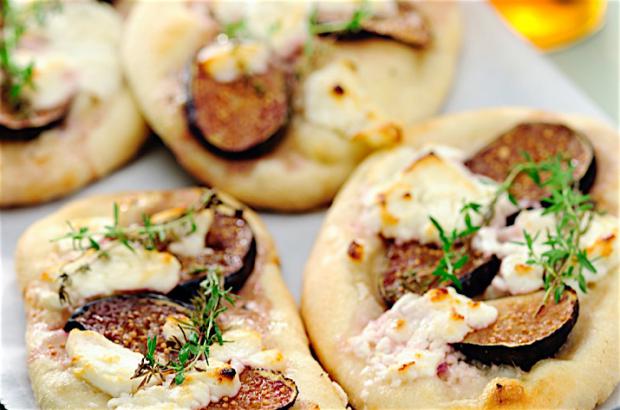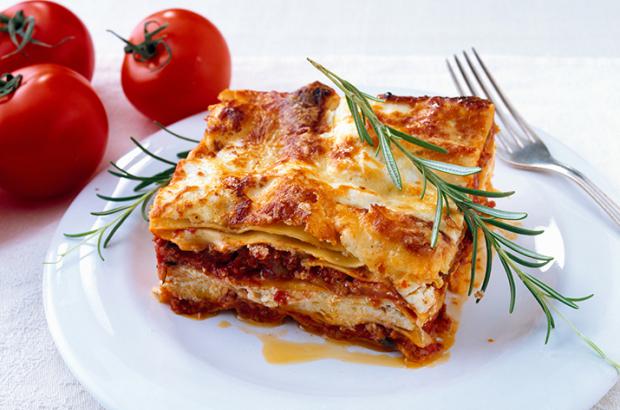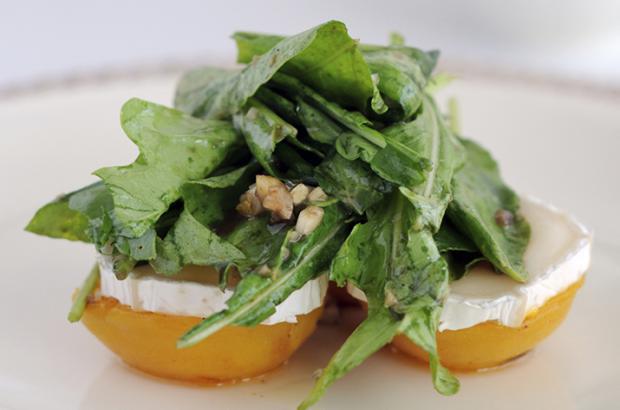Article
Chevre

We have the Saracens to thank for chevre. These nomadic people brought goats with them from the Middle East to France in the 8th century—and legend has it they brought the recipe for goat cheese, too. In fact, chevre means “goat” in French.
Authentically, the goats' milk used in making chevre is unpasteurized. While there are forms that are semi-soft to hard, cheese dubbed chevre is most often light and soft and creamy (think cream cheese).
Distinctive without being overbearing, chevre ranges from mild to tangy. Young chevre tends to be white and delicately flavored, while older chevre develops a slightly sharp, earthy taste and creamy color. When served hot, chevre cheese is called chevre chaud.
Lower in fat and calories than cream cheese, chevre is a good source of protein, riboflavin and phosphorus. Because it contains less lactose than cow's milk cheese, goat cheese is easier to digest.
While most chevres are molded in small rounds or logs, it can also be found in cone, cylinder, drum and pyramid shapes. You'll find chevre sold plain or combined with other flavors, such as pepper, chives, herbs, garlic, honey and sun-dried tomatoes. Varieties include:
- Bucheron—a buttery cheese with a tangy kick
- Chabis—a soft cheese with a salty, sharp flavor
- Crottin—a soft, herbaceous cheese with a nutty taste
- Florette—a mild, very creamy chevre
- Humboldt Fog—A California chevre with a lemony, earthy taste
- Picodon—a firm cheese with a pungent aroma and sweet/sour taste
- Pyramidem—a soft, crumbly cheese with a pungent aroma and sharp flavor
- Rocamadour—a semi-soft velvety cheese with nutty flavor
- Tomme de Chevre Aydius—a grassy, fruity, musty cheese from the Pyrenees Mountains
- Valencay—a smooth-textured cheese with a woodsy, tangy flavor
From breakfast to dessert, chevre’s versatility makes it a must-have in your refrigerator. It's stellar in salads, like this Spinach and Strawberry Salad with Goat Cheese, in which the creamy chevre complements the tangy greens, sweet fruit and balsamic dressing.
Use it to elevate scrambled eggs, dress up a toasted bagel or top bruschetta. Or craft chevre into an elegantly molded cheese spread, like this Mediterranean Chevre Torta.
A block of chevre can form the basis of an easy and elegant dessert. It pairs well with any number of other cheeses on a cheeseboard; include some figs and chocolate and pop a Chardonnay to tantalize guests.
Because it melts beautifully, chevre is a natural on pizza or stuffed in chicken breasts or ravioli. In this recipe for Wild Salmon Fillets with Basil and Hazelnut Crust, chevre melts into a lovely topping for a flavorfully crusted salmon fillet.
Store chevre in the refrigerator, wrapped in waxed or cheese paper in a container for up to two weeks. It's best to put it in its own container so it doesn't pick up other flavors.
Some chevre is spoonable, but most is cut with a knife. Dip your knife in hot water first to more easily slice the velvety treat.













